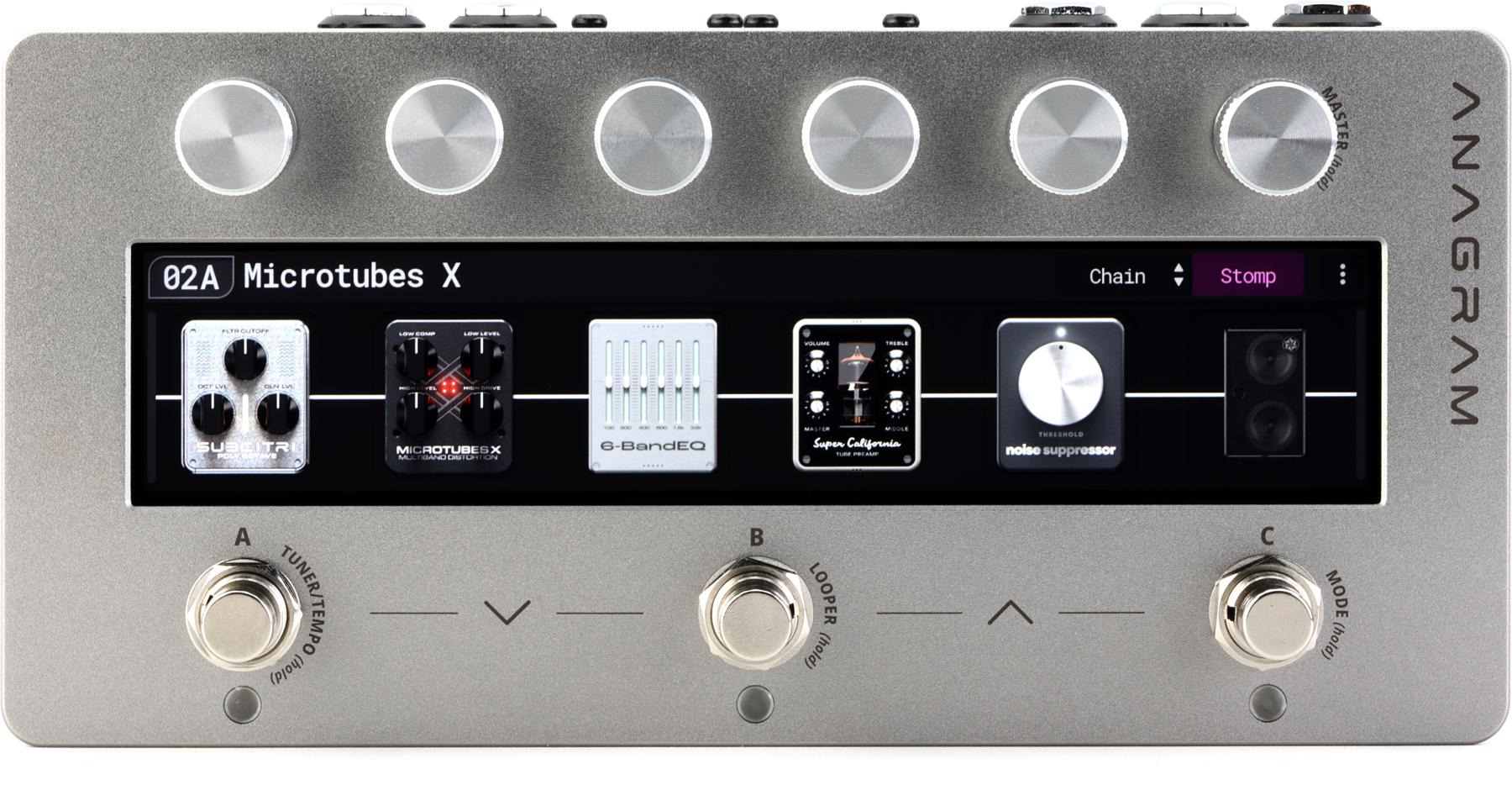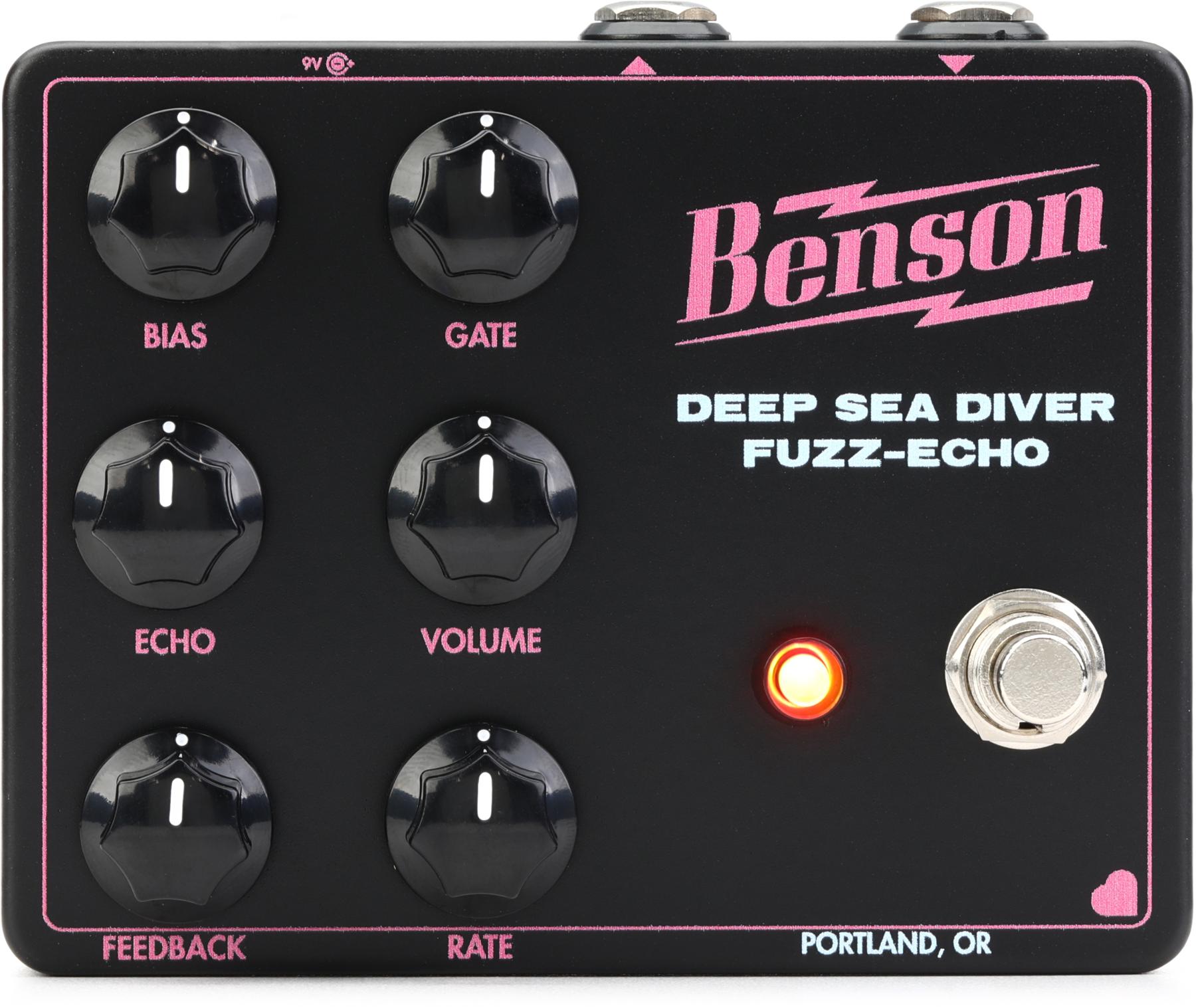An affordable version of Eastman’s U.S.-made solidbody rolls with unique, well-executed features—at a price and quality level that rivals very tough competition.
Eastman’s instruments regularly impress in terms of quality and performance. A few left my PG colleagues downright smitten. But if Eastman isn’t a household name among guitarists, it might be a case of consumer psychology: Relative to most instruments built in China, Eastmans are expensive. So, if you spend your life longing for a Gibson 335 and a comparable (if superficially fancier) Eastman costs just 20 percent less than the least expensive version of the real deal, why not save up for a bit longer and get the guitar of your dreams?
For some players, though, such brand-devotional hang ups are obstacles to getting the best instrument for the best price. Some just like having an alternative to legacy brands and models that live as dreams in a zillion other heads. As Eastman evolved as a company, they’ve paid close attention to both of those market segments—creating refined original designs like the El Rey and Romeo while keeping quality, execution, and playability at an exceptional standard. With the introduction of the FullerTone instruments, a series of Beijing-built guitars modeled after Eastman’s California-built, Otto D’Ambrosio-designed solidbodies, Eastman’s price/performance goals reach a kind of apex. Because the FullerTone guitars aren’t archtops or thinlines and use bolt-on necks, they range from just $799 (for the simpler SC’52) to $899 (for the more full-featured DC’62 reviewed here). That’s a competitive market bracket, to say the least, but Fullertone delivers the goods in ways that count to players.
Somewhere in an Alternate O.C….
You don’t need to be a certified Mensa member to suss the FullerTone’s design benchmarks. The name’s likeness to that of an Orange County locale where historically important electric guitar design took place is a less-than-covert tip of the hat. More tangible evidence of the DC’62’s Stratocaster inspirations exist in the shape of a bolt-on, 25.5"-scale neck, six-on-a-side headstock, a curvaceous double-cut body, and vibrato. (The more Telecaster-like DC’52 uses a T-style bridge and comes sans vibrato).
Many of these design nods, however, are distinguished by Eastman’s refinements. The patented neck joint, for instance, mimics that of the upmarket, U.S.-built Eastman D’Ambrosio. It employs just two screws, bolted into steel anchors in the neck itself. It’s a robust, clever design. The joint, which works in part like a long tenon, provides extra neck-to-body contact, making the effortless access to all 24 medium-jumbo frets all the more remarkable. (The fretwork, by the way, is impeccable).
“The neck’s profile will pique the interest of anyone bored with the sameness of generic, modern C-profiles.”
The neck itself—roasted maple, satin-finished, and capped with a 12"-radius Indian rosewood fretboard—uses an angled headstock design that differs from Fender convention, but the break angle is much shallower than a Gibson, which aids tuning stability. The neck’s profile, though, will pique the interest of anyone bored with the sameness of generic, modern C-profiles. Eastman calls it a medium-round profile, but that doesn’t do justice to its substance, which calls to mind Fender’s chunkier 1960s necks. It’s not a shape for everyone, and shredders and players with really petite hands might be less enthused, but it’s exceptionally comfortable, fills the palm naturally, and, at least for me, induces less fatigue than slimmer necks.
The Strat-style vibrato is a smart, functional evolution of a classic form. The arm sits securely in a rubber sleeve that keeps it precisely where you want, and the bridge itself is fixed to a substantial brass block and features individually intonatable saddles. The vibrato is so smooth and tuning stable that you will want to use it often. Really aggressive, twitchy vibrato technique can produce knocking against the body as you pitch up—at least as it’s set up at the factory. Otherwise, it’s fun and forgiving to use.
I would be remiss, by the way, if I didn’t mention how good the black limba body looks in satin ice blue metallic with a brushed aluminum pickguard. Though the DC’62 is available in black and desert sand (the latter with gold anodized pickguard), this particular combination is beautiful, elegant, and tasteful in a way that accentuates D’Ambrosio’s timeless lines.
Substantially Yours
The DC’62’s pickups are produced by Tonerider, and they include two stacked noiseless alnico 5 single-coils in the center and neck positions (measuring 7.9 ohms) as well as an alnico 2 unit, also measuring 7.9 ohms, that Eastman calls a “soapbar humbucker with gold-foil cover.” That’s a curious mash up of nomenclature. Traditionally, “soapbar” pickups are P-90s, which are single-coils, and though the gold-foil-style cover looks cool, it doesn’t lend any gold-foil-ness in terms of construction. Tone-wise it inhabits a unique place. Some aspects of its response evoke a Stratocaster bridge pickup rendered large. There are also hints of a Telecaster bridge unit’s meatiness. But of all the pickups I compared it to (at one point there was an SG, Telecaster, Wide Range-equipped Telecaster Deluxe, Stratocaster, and J Mascis Jazzmaster strewn about the room), it sounds most like a Rickenbacker Hi-Gain in an ’80s 330. That’s cool. I think Hi-Gains are underrated and sound fabulous. But the Tonerider unit is definitely not an S-type pickup in any traditional sense. The stacked single-coils, too, deviate significantly from the Stratocaster’s sonic mold. They are noiseless, as advertised, but have heat and push that make a vintage S-style pickup sound glassy and comparatively thin.
The Verdict
With a fantastic neck, smooth playability, and tuning stability that keep you glued to the instrument, the top-quality DC’62 is flat-out fun to play, which is good, given that at $899 it’s in a price class with Fender’s excellent Mexico-made Player II guitars and PRS’s superlative SE series, to name a few. But the DC’62 offers a unique palette of tones that don’t fit neatly into any box, and with a shape that breaks from tradition, it’s a competitively priced way to take sonic and stylistic paths much less trodden



















